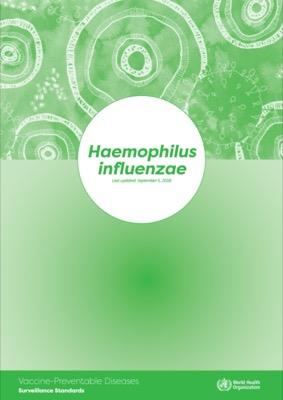Haemophilus influenzae: Vaccine Preventable Diseases Surveillance Standards

Overview
The bacteria Haemophilus influenzae type b (Hib) was
the leading cause of non-epidemic bacterial meningitis
worldwide in children prior to the introduction of
Hib vaccine. H. influenzae can be unencapsulated or
capsulated (six capsular types or serotypes), although
95% of severe disease is caused by capsular type b
(Hib). H. influenzae can asymptomatically colonize
the human nasopharynx, particularly in children.
The bacteria can spread contiguously to cause otitis
media and sinusitis or be aspirated to cause pneumonia.
More rarely, it can cause invasive disease, predominantly
meningitis and pneumonia but also epiglottitis, septic
arthritis and others. Over 90% of invasive H. influenzae
disease occurs in children < 5 years of age, the majority
in infants; children in less developed settings tend to
be infected earlier in infancy. Case fatality rates can be
high for H. influenzae meningitis, ranging from 5%
with proper treatment to as high as 60% without.
Among survivors, 20-40% suffer sequelae such as
deafness and blindness. It is estimated that in 2008,
199 000 HIV-negative children < 5 years of age died
from H. influenzae disease (1). HIV-infected infants
are at a several-fold increased risk of invasive
H. influenzae disease.
